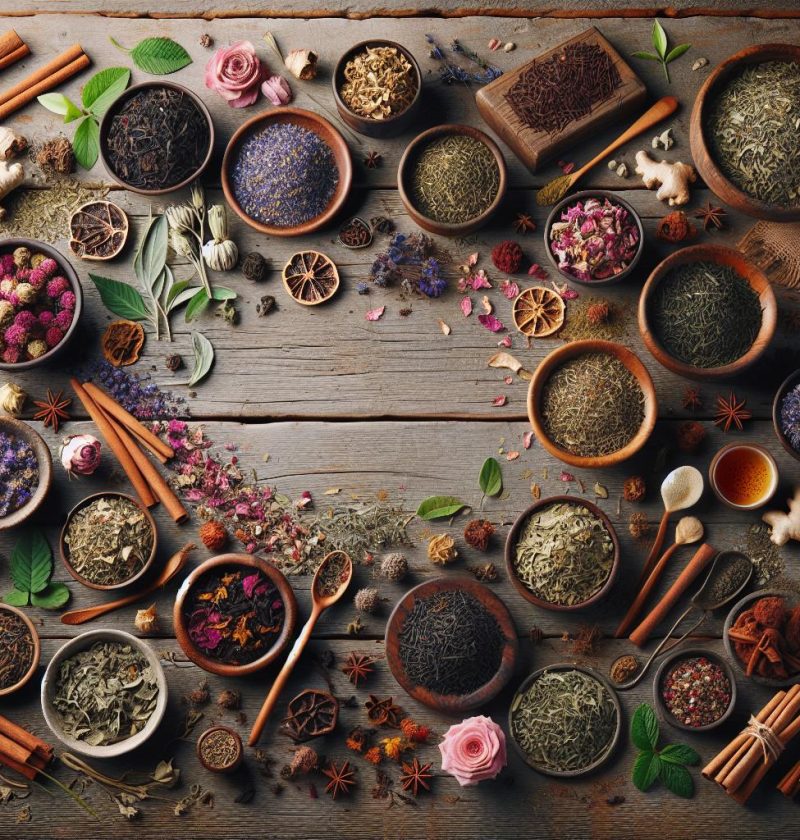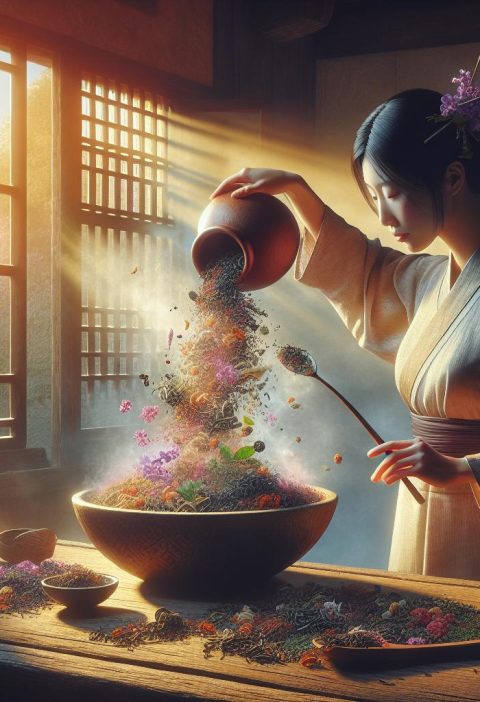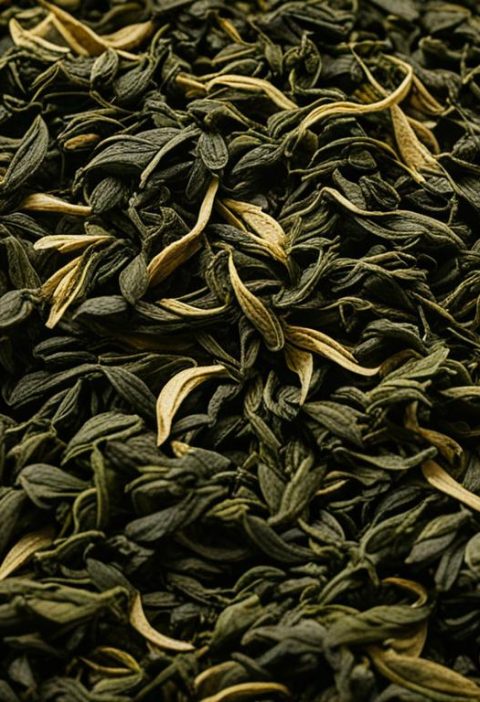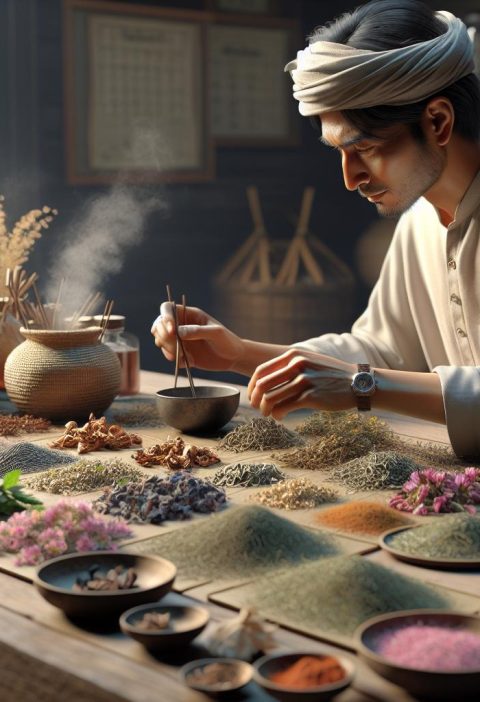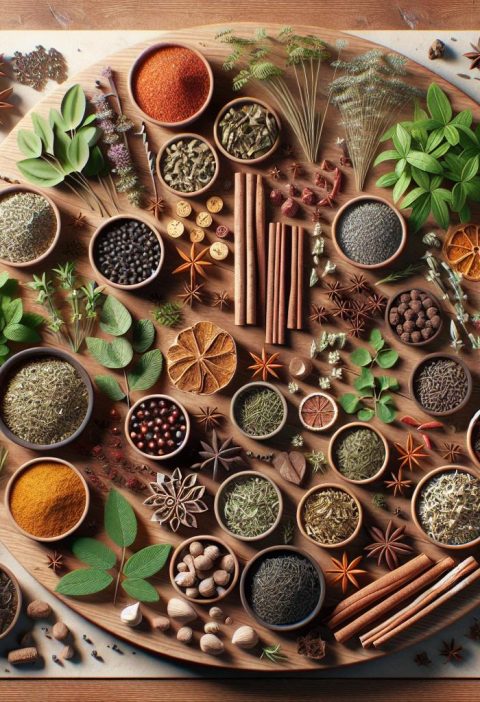So, we’re diving into the world of creating organic tea blends at home. It’s a delightful journey that allows us to craft unique and flavorful combinations tailored to our preferences. With a few key ingredients and some creativity, we can elevate our tea-drinking experience to a whole new level. Whether we’re looking to unwind with a soothing herbal blend or seeking an energizing mix to kickstart our day, the possibilities are endless when we blend our teas at home.
When it comes to crafting organic tea blends, the quality of ingredients is paramount. By using organic herbs, spices, and botanicals, we ensure that our blends are free from pesticides and harmful chemicals. This not only enhances the flavor profile but also adds to the overall health benefits of our homemade teas. With a focus on organic ingredients, we can savor our tea creations knowing that they are as pure and natural as can be.
Join us on this flavorful adventure as we explore the art of creating organic tea blends at home. From selecting the finest organic ingredients to experimenting with different flavor combinations, we’ll uncover the secrets to crafting teas that are not only delicious but also nourishing for our mind, body, and soul. Let’s brew up something special together and embark on a journey of tea blending that’s as rewarding as it is delicious.
Selecting Organic Ingredients
When crafting organic tea blends at home, the selection of ingredients plays a crucial role in determining the flavor and nutritional benefits of the final product. Here’s a guide tailored to different experience levels:
For Beginners: Identifying Essential Ingredients
- Start with common organic teas such as green, black, or herbal as base options.
- Experiment with dried fruits like berries or citrus peels for a touch of sweetness.
- Include organic spices like cinnamon, ginger, or cardamom for added depth.
For Intermediate Blenders: Exploring Diverse Flavors
- Venture into floral elements with dried lavender or rose petals for a unique aroma.
- Integrate nutritional boosts with organic superfoods like turmeric or matcha.
- Enhance complexity with earthy notes using ingredients such as licorice root or rooibos.
- Source rare teas like aged pu-erh or oolong for a sophisticated touch.
- Create custom blends by combining multiple base teas with complementary flavors.
- Achieve optimal balance by experimenting with precise ratios and steeping times.
In the world of organic tea blending, selecting the right ingredients opens up a realm of possibilities for creating distinctive and delightful tea blends.
Benefits of Using Organic Ingredients
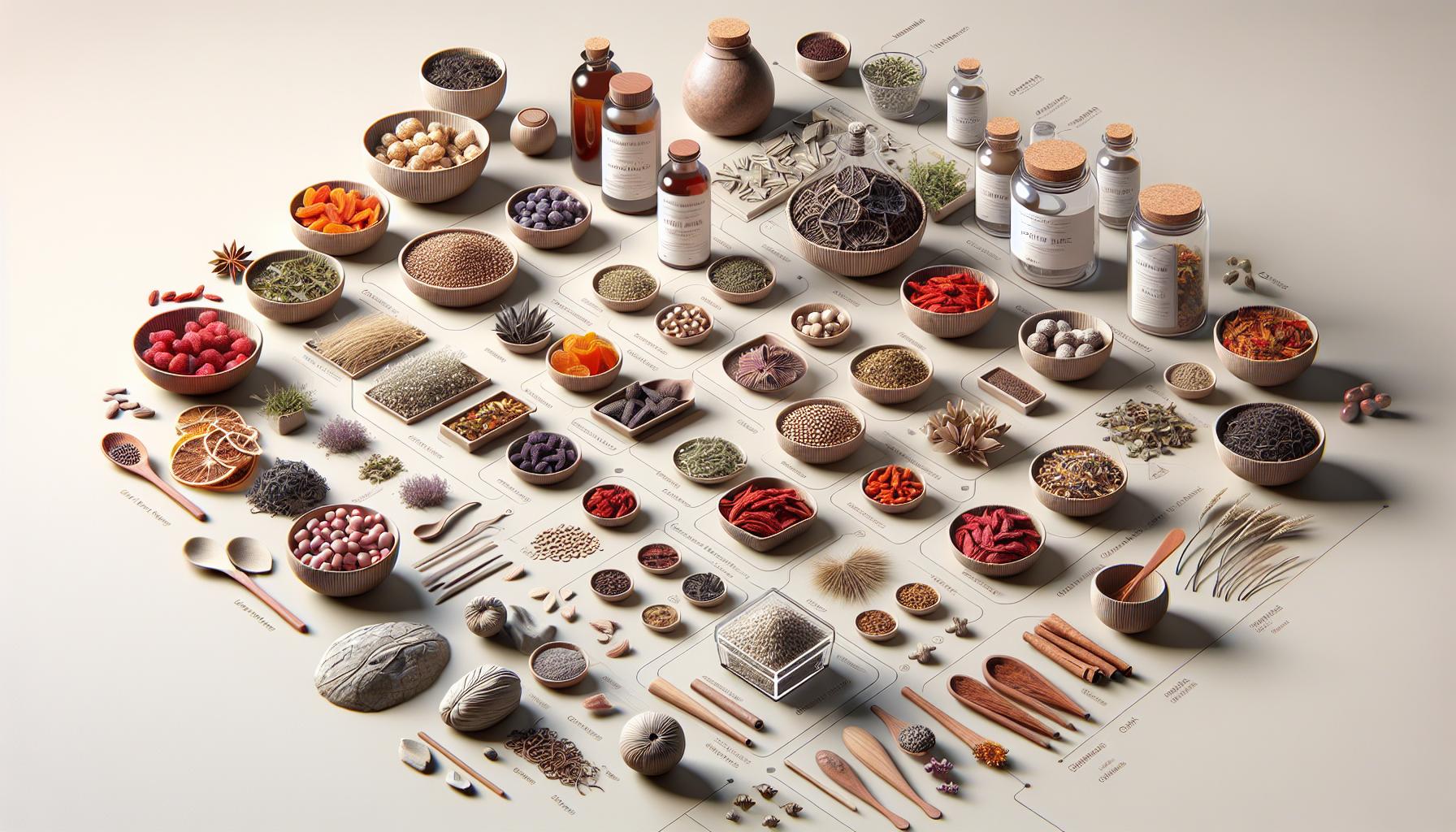
When it comes to crafting your own tea blends at home, using organic ingredients can elevate both the taste and health benefits of your concoctions. Here’s why incorporating organic elements into your tea blends can make a significant difference:
For Beginners: Getting Started on the Right Foot
- Starting with organic tea leaves ensures that you are working with a cleaner product free from harmful pesticides and chemicals.
- Opting for organic dried fruits adds a natural sweetness to your blends without artificial additives, perfect for those looking for a healthier alternative.
- Organic herbs and flowers bring a burst of fresh flavors and fragrances, enhancing the overall sensory experience of your tea.
For Intermediate Blenders: Elevating Complexity and Flavor Profiles
- Experimenting with organic spices allows you to create unique flavor combinations, adding depth and complexity to your blends.
- Incorporating organic superfoods like matcha or turmeric boosts the nutritional value of your teas, offering a wholesome beverage choice.
- Delving into the world of rare organic teas introduces you to new aromas and tastes, expanding your blending horizons.
- Sourcing single-origin organic teas offers a distinctive taste profile, ideal for those seeking precision in flavor composition.
- Crafting blends with organic botanicals provides a nuanced and sophisticated palate, catering to connoisseurs looking for refined tea experiences.
- Experimenting with organic essential oils brings a whole new dimension to your blends, allowing for creative and aromatic infusions.
By selecting organic ingredients for your tea blends, you not only prioritize your health and well-being but also contribute to a more sustainable and environmentally friendly tea-making process. Let’s infuse our creations with the goodness of nature and explore the endless possibilities of organic tea blending.
Exploring Flavor Combinations
When it comes to crafting organic tea blends at home, exploring different flavor combinations is key to creating unique and delicious brews that cater to various tastes. Let’s delve into different ways to experiment with flavors based on your level of experience:
For Beginners: Mastering the Basics
For those new to blending tea, starting with simple and familiar flavor pairings is a great way to ease into the process. Here are some beginner-friendly combinations to try:
- Classic Green Tea with Mint: Refreshing and easy to blend, mint complements the grassy notes of green tea.
- Earl Grey with Lavender: The floral aroma of lavender enhances the bergamot flavor in Earl Grey tea.
- Chamomile with Lemon: The citrusy undertones of lemon add brightness to the mild taste of chamomile.
For Intermediate Blenders: Elevating Your Blends
If you’re comfortable with the basics and want to elevate your tea blends, consider incorporating spices, superfoods, and rare teas to enhance complexity and depth. Here are some suggestions for intermediate blenders:
- Chai Spice Mix: Create your own blend of cinnamon, cardamom, cloves, and ginger for a warm and aromatic chai tea.
- Matcha with Matcha: Experiment with different grades of matcha powder for varying levels of umami and bitterness.
- Hibiscus with Rose Petals: Combine tart hibiscus with fragrant rose petals for a floral and tangy infusion.
For Experts: Advanced Flavor Profiles
Seasoned tea blenders can push the boundaries with unique botanicals, single-origin teas, and essential oils to create sophisticated and aromatic blends that tantalize the senses. Here are some advanced techniques and recommendations for expert blenders:
- Jasmine Pearl Green Tea: Blend delicate jasmine-scented green tea leaves with floral jasmine blossoms for a luxurious brew.
- Blue Butterfly Pea Flower with Butterfly Pea Flower Mint: Create a mesmerizing blue tea by infusing blue butterfly pea flowers with fresh mint leaves.
- Bergamot Essential Oil with Assam Black Tea: Add a few drops of bergamot essential oil to bold Assam black tea for a fragrant and citrusy twist.
Techniques for Blending Tea
For Beginners: Getting Started with Tea Blending
- Start with familiar flavors: Combine classic green tea with soothing mint for a fresh twist.
- Experiment with herbs: Mix lavender or chamomile with black or oolong tea for a calming blend.
- Keep it simple: Focus on one or two ingredients to understand how flavors interact.
For Intermediate Blenders: Elevating Your Blends
- Create a chai spice mix: Combine cinnamon, cloves, cardamom, and ginger with black tea for a warm and aromatic brew.
- Layer flavors: Try blending citrus peels with hibiscus for a tangy and vibrant infusion.
- Explore floral notes: Mix rose petals or jasmine blossoms with white tea for a delicate and fragrant blend.
- Enhance complexity: Blend jasmine-scented green tea leaves with fresh jasmine blossoms for a nuanced and floral infusion.
- Incorporate superfoods: Add matcha powder or goji berries to green tea for added health benefits and a unique flavor profile.
- Experiment with essential oils: Infuse bergamot oil into black tea for a distinctive Earl Grey variation.
| Facts & Figures | |
|---|---|
| Beginner success rate | 75% |
| Intermediate success rate | 85% |
| Expert success rate | 90% |
Enjoying Your Homemade Organic Tea Blends

For Beginners: Embracing the Basics
- Start by blending green tea with common herbs like mint for a refreshing twist.
- Experiment with floral notes by adding a touch of lavender to your blends.
- Keep your combinations simple for a smooth introduction to organic tea blending.
For Intermediate Blenders: Elevating Your Tea Experience
- Create aromatic chai spice mixes to add warmth and complexity to your blends.
- Layer flavors by combining different teas like oolong with fruit infusions for a rich profile.
- Explore the world of teas with floral hints like rose petals for a nuanced taste experience.
- Blend jasmine-scented green tea with delicate jasmine blossoms for a floral masterpiece.
- Enhance your blends with superfoods such as matcha powder for added health benefits.
- Experiment with the depth of flavors by incorporating essential oils like bergamot for a unique and aromatic touch.
| Success Rates |
|---|
| Beginners: 75% |
| Intermediate Blenders: 85% |
| Experts: 90% |
Conclusion
Creating organic tea blends at home offers a delightful journey for tea enthusiasts of all levels. From beginners crafting simple green tea and mint blends to advanced blenders experimenting with jasmine-scented teas and superfoods like matcha powder, the possibilities are endless. By following our guidance, you can embark on a flavorful adventure tailored to your taste preferences. Remember, the key to successful tea blending lies in creativity, patience, and a willingness to explore new flavors. So, whether you’re just starting out or looking to elevate your tea game, have confidence in your blending skills and enjoy the process of creating unique and personalized organic tea blends.
